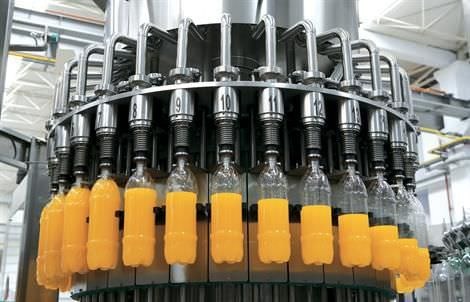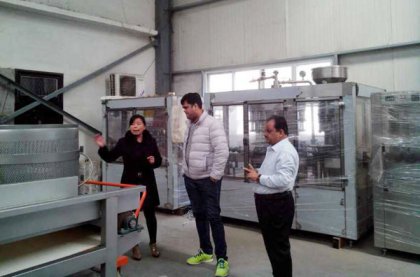Orange juice is extracted from citrus fruits, with an abundant of vitamin C, minerals. Drinking orange juice benefits our body, conducive to maintain our beauty, improve eyesight, and reduce blood pressure. As a well-known healthy drink, it is popular among people around the world. But how is orange juice made? Fresh orange go through a series of process before it come to our hand.
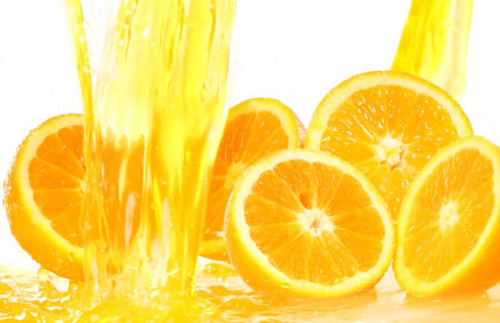
How orange juice is made
To put it simply, making orange juice requires the following steps: cleaning and sorting, juice extraction, filtration, chaptalization, degassing, sterilization, homogenization, filling and cooling. After all these processes, orange juice appears as packaged fruit drinks on the shelf. AGICO is a leading juice machinery manufacturer in China, you can get the complete orange juice production line here!
Cleaning and sorting
To keep impurities away from juice, we need wash the fruit materials thoroughly in the first place. For professional juice manufacturers, fruit cleaners are indispensible. There are brush and spray fruit washing machine and bubble washing machine. They spray water on the orange or keep the water tumbling to rinse the surface. You are recommended to add some disinfectant to the water so as to achieve sterilization effect. After removing the pesticide residue and impurities on fruits, you can pick out the unripe fruits, withered fruit, and fruits damaged by disease and pests.
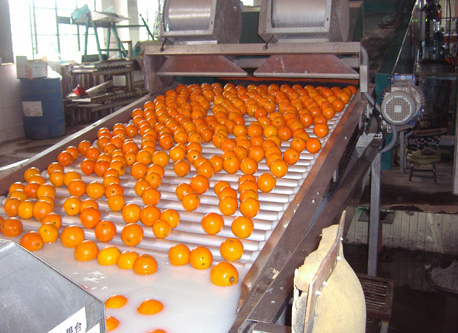
Juice extraction
Citrus fruits contains a mass of naringin and limonin in the peels, which would become soluble after heating and turn the juice bitter. So we have to remove the peel before extracting in case they get into the juice. In this regard, traditional breaking and squeezing is no longer suitable. Manufacturers usually adopt fruit peeling and extracting machine. It realizes peeling and extracting within one equipment, effectively separating orange peel and pulp. Adopting this machine can increase the juice yield.
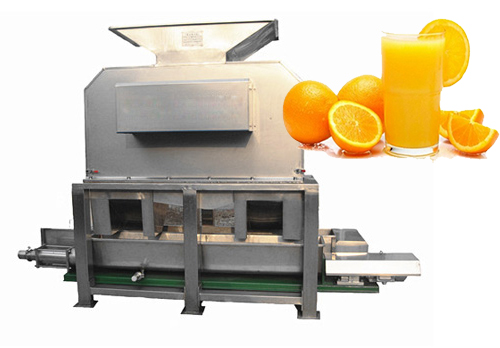
Filtration
There are usually some suspended solids in extracted juice, which not only affect the appearance and taste of juice, but make it easier to go bad. Filtration is necessary to eliminate the coarse and suspended particles in cloudy juice and maintain its color and flavor as much as possible. In terms of transparent juices, they need refined filtration to remove the colloidal and precipitable particles.
Chaptalization
Some crude juice doesn’t taste good. Usually it need adding additives to adjust the sugar and acid proportion. But too much additives can dilute original flavor of orange. It is well acknowledged that the sugar content should be 13 to 15 times of acid.
Degassing and degreasing
During orange juice processing, the gas contained in fruit cells gets into the juice or attached to the particles. At the same time, juice are inevitably exposed to the air. The oxygen contained in orange juice is destructive to the vitamin C and cause the flavor and color to go bad. For these reasons, degassing must be carried out before heating and sterilization.
Degreasing is carried out along with degassing. Certain quantity of citrus peel oil can promote the orange juice taste, but excessive oil can produce peculiar smell. Control the quantity is peel oil is indispensible.
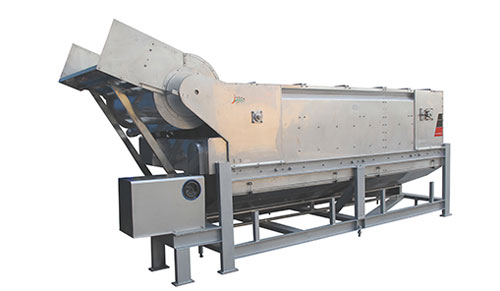
Pasteurization
Pasteurization can not only eliminate the spoilage bacteria, but also inactivate the enzymes who can cause chemical changes. Heating is the most prevalent way to kill bacteria, but it risk sacrificing the quality of citrus juice. Pasteurization means keep the temperature between 91℃ and 95℃ for 15 to 30 seconds, or more than 120℃ for 3 to 10 seconds, which can achieve sterilization effect without destroying the quality.
Homogenization
This is a special process for making cloudy juice, usually for products packaged in bottles. During this process, the particles contained in juice are further crushed into smaller size, where pectin ooze out and disperse into the orange juice homogeneously. By these means, we get cloudy juice whose suspended solids will never precipitate.
Filling and cooling
After pasteurization, the orange juice is transmitted to a charging barrel and filled into cans or bottles directly. To reduce the flavor loss, the juice is supposed to be kept in the barrel within 2minutes. We can sterilize the can cover with hot juice by putting it upside down right after filling. Then, spray cold water to reduce the temperature to under 38℃. Don’t make it completely cool, certain remained heat can help keep the can dry in case it get rusty.
